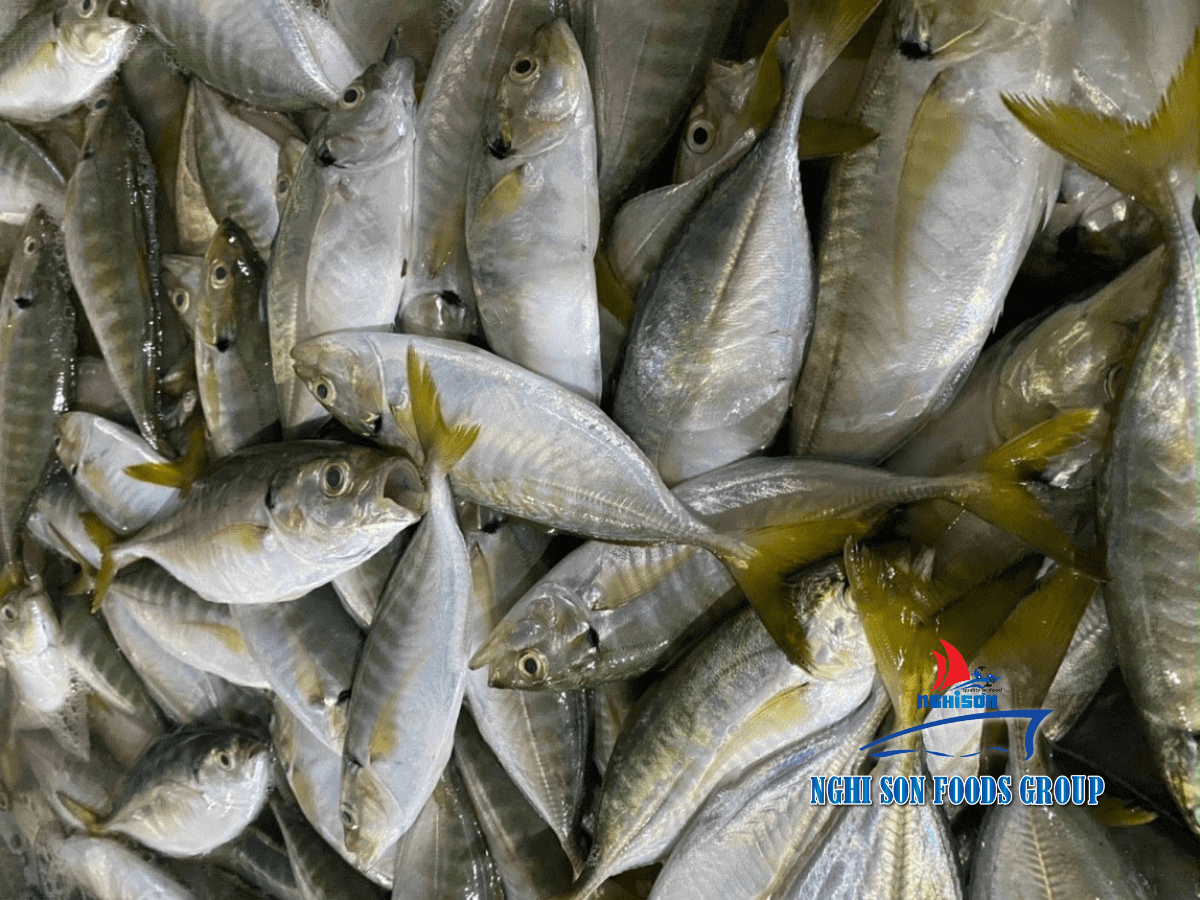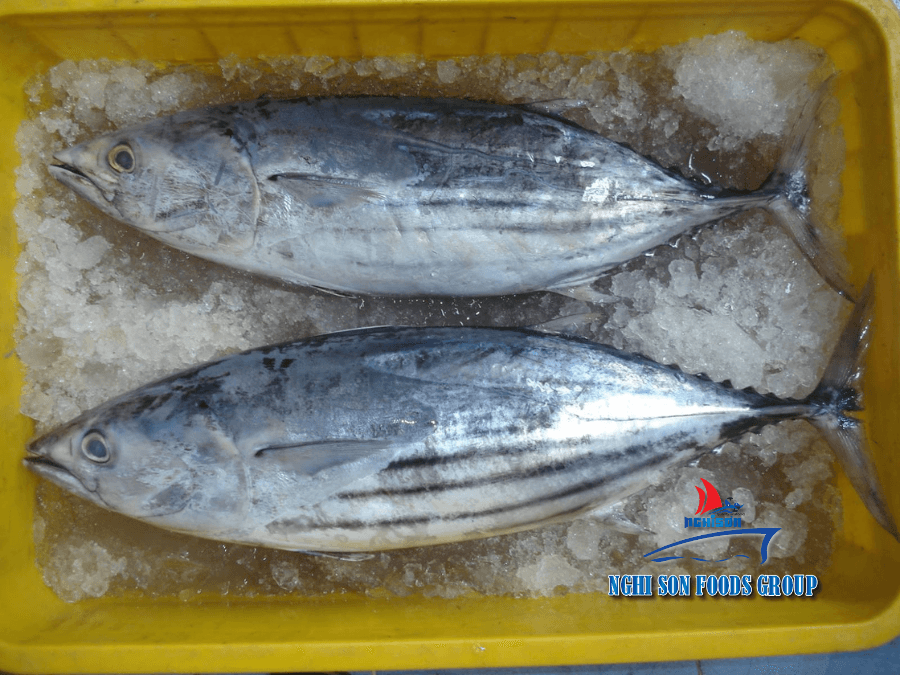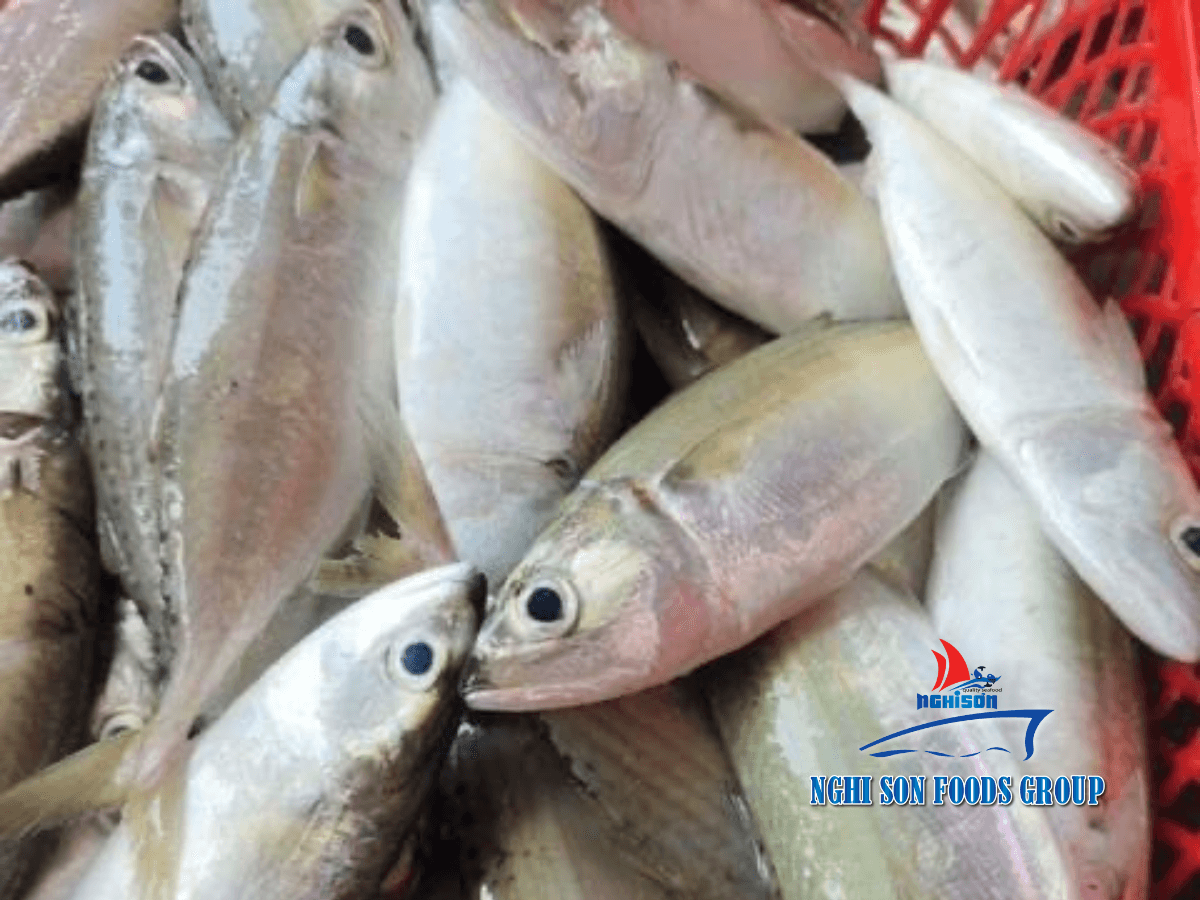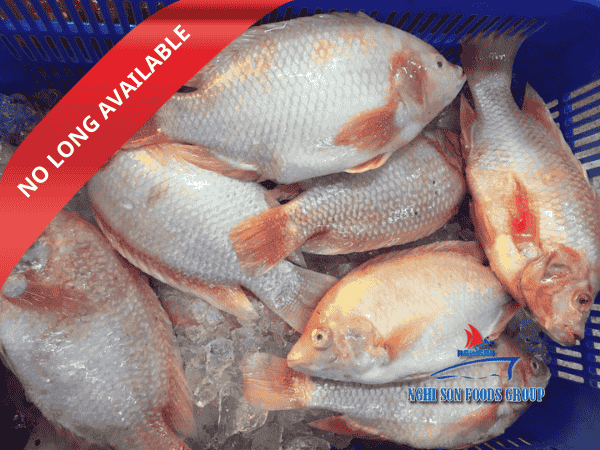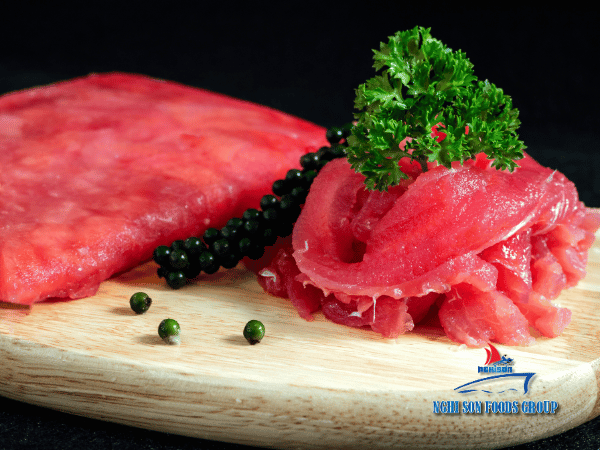Table of Contents
ToggleThe Origin of the Stigma: Wet Markets and COVID-19
The term “wet market” has gained prominence in Western countries due to its association with the origin of the novel coronavirus. It is believed that the virus originated in a wet market in Wuhan, China, where wild animals were being sold and slaughtered for food and medicine. The connection has led to concerns and calls to shut down all wet markets to prevent the spread of diseases.
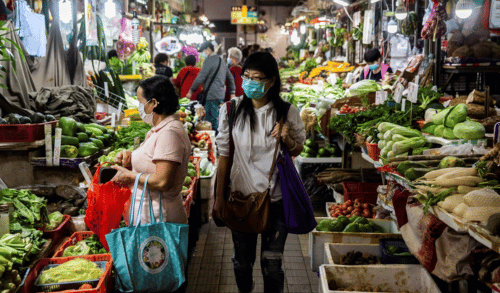
Defining Wet Markets
In order to understand the context, it is important to distinguish wet markets from dry markets. Wet markets are bustling marketplaces where vendors sell a wide range of fresh produce, including fruits, vegetables, poultry, pork, and seafood.
These markets are named “wet” because the floors are often cleaned by hosing them down after vendors wash vegetables or clean fish. Not all wet markets sell live animals, and some only focus on fresh produce.
Risks Associated with Wet Markets
While most wet markets primarily serve as sources of fresh food, concerns arise when live animals are sold in close quarters and potentially unsanitary conditions.
Wet markets that trade in rare or wild animals pose a higher risk of creating an environment where viruses can be transmitted from animals to humans. The sale of civet cats in Guangdong province during the 2003 SARS epidemic serves as an example of such risks.
The Reality of Wet Markets
It is essential to recognize that not all wet markets are hotspots for exotic animals or potential disease outbreaks. For a significant portion of the population in China and across Asia, wet markets are essential places to purchase fresh and affordable food items like chicken, pork, fish, and vegetables.
These markets play a crucial role in providing access to nutritious and culturally significant ingredients for many communities.
Ensuring Safety and Regulation
To address the concerns associated with wet markets, it is important to focus on implementing stringent safety measures and regulations. Proper hygiene practices, regular inspections, and adherence to food safety standards can help mitigate risks and ensure the well-being of both vendors and consumers.
This approach allows the benefits of wet markets, such as access to fresh produce and affordability, to be maintained while minimizing potential health hazards.
Balancing Tradition and Safety
Recognizing the cultural significance and economic value of wet markets, efforts should be made to strike a balance between preserving traditional marketplaces and ensuring public health and safety. This can involve promoting sustainable practices, supporting local farmers and suppliers, and providing education on proper food handling and hygiene.
By working together, communities can enjoy the benefits of wet markets while reducing potential risks. In conclusion, while wet markets have faced increased scrutiny due to their association with the COVID-19 pandemic, it is important to approach the topic with nuance.
Wet markets are diverse in nature, and not all of them pose significant risks. By focusing on appropriate safety measures and regulations, communities can enjoy the advantages of these vibrant marketplaces while safeguarding public health.







